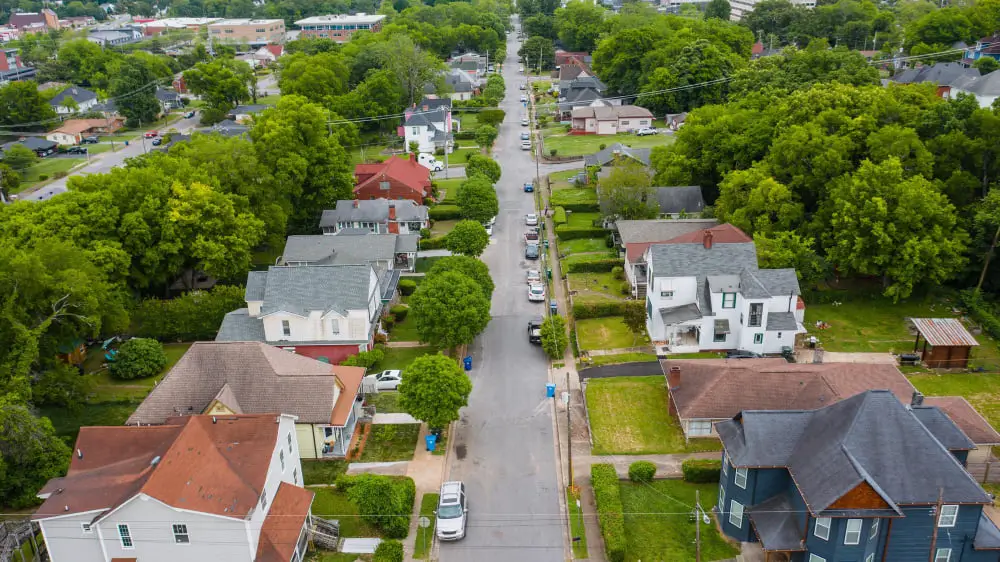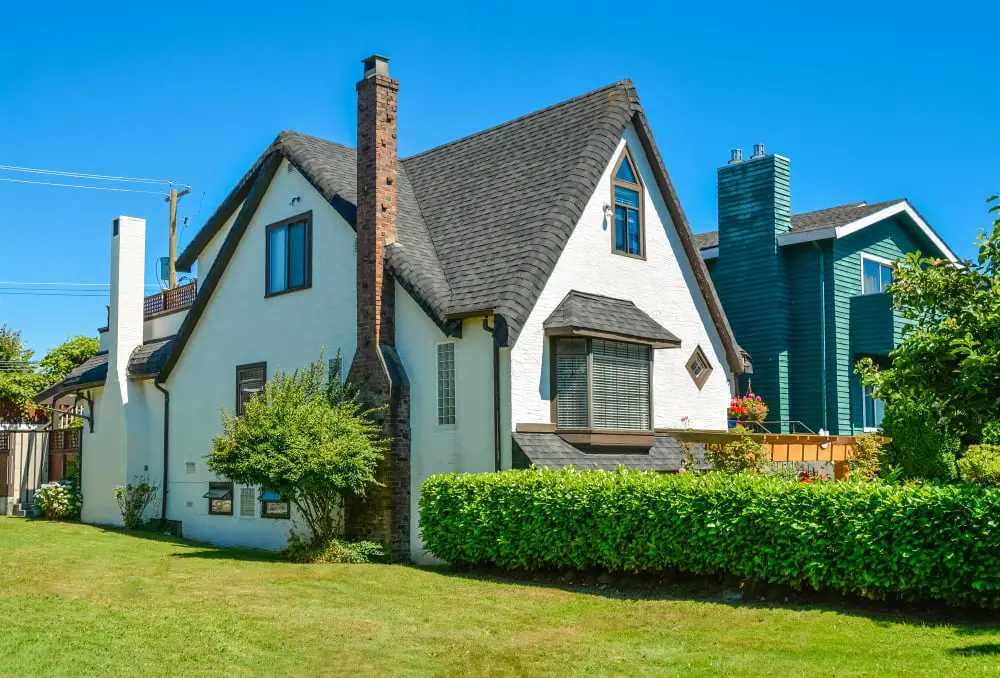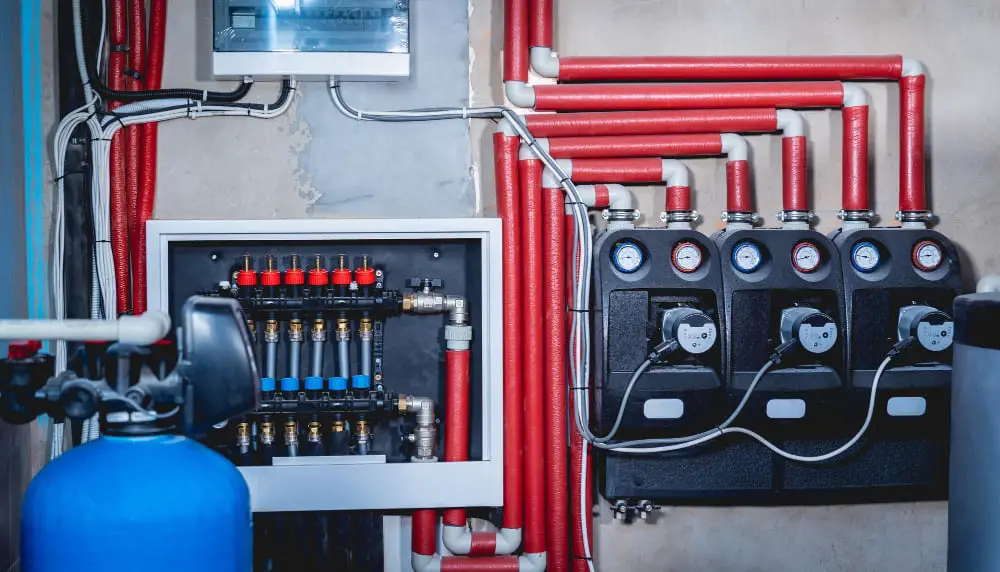Last updated on
A home appraisal is a critical component of the home buying process, influencing the amount a lender will loan for a mortgage and the price buyers are willing to pay. This process examines a multitude of factors to assign a monetary value to a property.
Understanding what determines your home’s value can provide a significant advantage when buying, selling, or refinancing a home. In this article, we’ll delve into the intricacies of home appraisals and the key factors that assessors consider when determining a property’s value.
Location and Neighborhood Dynamics

The location of your home has a profound impact on its value. Homes located in desirable neighborhoods, close to essential amenities like schools, hospitals, shopping centers, and public transportation often command higher prices.
Proximity to nuisances like heavy traffic or industrial areas can negatively impact value. Urban homes tend to be more expensive than rural homes due to the convenience and opportunities they offer.
Real estate trends in your neighborhood can also sway your home’s value. If your neighborhood is in high demand, or if house prices are generally rising, your home’s value likely will too. Conversely, if many homes in your area are foreclosing or the neighborhood is in decline, your home’s value may decrease.
Property Size and Usable Space
The size of your property and the amount of usable living space it provides are significant factors in determining its value. Larger homes with more bedrooms and bathrooms generally fetch higher prices. However, the layout and functionality of the space are just as important. A well-designed smaller home might be worth more than a larger, poorly-designed one.
The size of the lot your home sits on can also influence its value. Larger lots often command higher prices, especially in urban areas where space is at a premium. However, the usefulness of the lot also comes into play. For example, a hilly lot might not be as valuable as a flat one because it offers less usable space.
If you’re wondering how to increase the value of your home, expanding the size of your property or adding usable living space can be a smart investment. This is especially true in highly sought-after neighborhoods where space is limited.
Age and Condition of the Home

The age and condition of the home play a significant role in determining its value. Newer homes often require less maintenance, and buyers are usually willing to pay a premium for this. However, older homes aren’t automatically worth less. If they’ve been well-maintained or renovated, they can be just as valuable as newer properties.
The overall condition of the home is closely scrutinized during an appraisal. Structural issues, like a damaged roof or a failing foundation, can significantly decrease a home’s value. Cosmetic issues, like outdated kitchens or bathrooms, can also negatively impact value, as buyers might factor in the cost of upgrades.
Market Conditions
Lastly, the current state of the real estate market has a significant impact on home values. In a seller’s market, where the demand for homes exceeds the supply, home values can skyrocket. On the other hand, in a buyer’s market, where there are more homes for sale than there are buyers, values can drop.
Interest rates also impact home values. When interest rates are low, more people can afford to borrow money to buy homes, increasing demand and pushing up home prices. Conversely, when interest rates rise, home buying decreases, which can lower home prices.
The Takeaway
Multiple factors determine the value of a home. Understanding these factors can help buyers make informed decisions and sellers set realistic prices. When purchasing or selling a property, it’s essential to consider location, usable space, age and condition of the home, and current market conditions.
Recap




